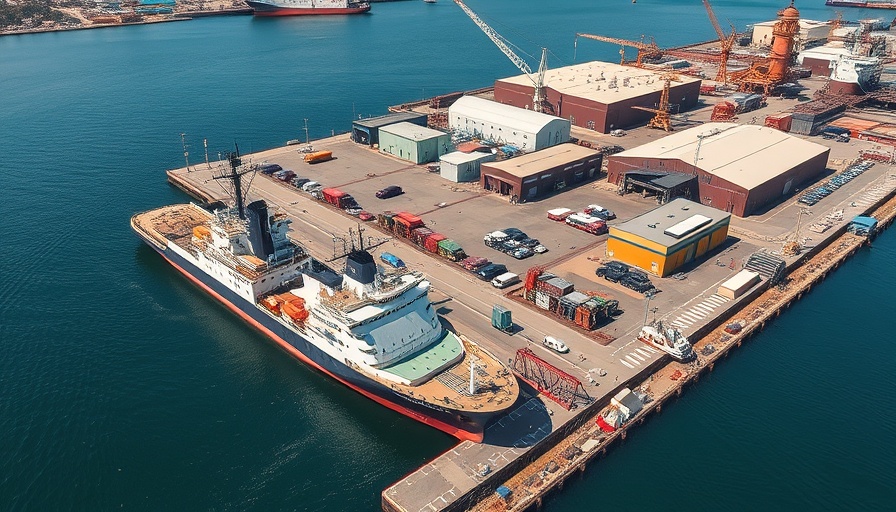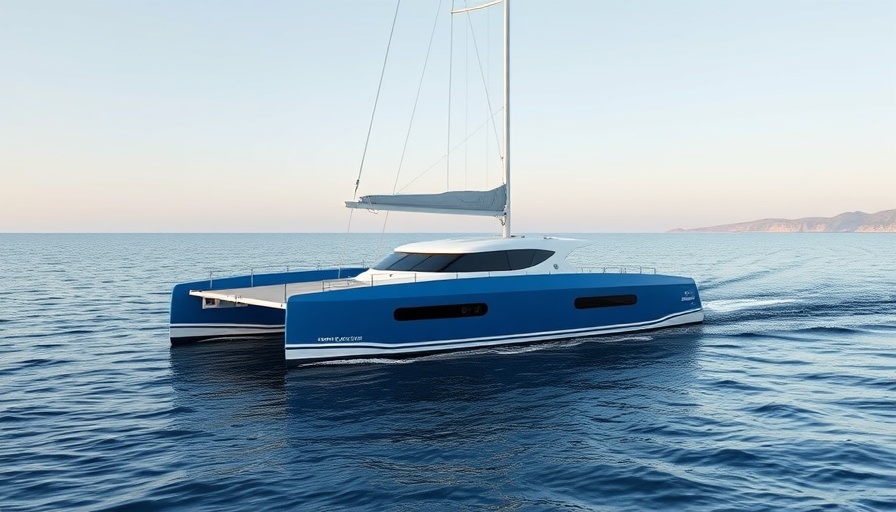
The Strategic Collaboration to Deliver Arctic Security Cutters
Bollinger Shipyards has taken a significant step towards enhancing the U.S. Coast Guard's capabilities in the Arctic by forming a strategic partnership with Canada’s Seaspan Shipyards, alongside Finnish companies Rauma Marine Constructions and Aker Arctic. This collaboration aims to bring the fastest and most reliable solution for Arctic Security Cutters (ASC), built right in the United States. With the stakes higher than ever due to evolving geopolitical dynamics, this initiative marks an important turn in strengthening U.S. shipbuilding and operational capabilities in icy waters.
A Pioneering Approach to Strengthening the U.S. Industrial Base
In a bid to bolster the domestic shipbuilding industry, these four firms are combining their considerable expertise in icebreaker construction. Bollinger Shipyards is known for its impressive track record, having built nearly 200 high-performance vessels for the Coast Guard over the past four decades. As the largest privately-owned shipbuilder in the U.S., it is poised to lead this futuristic venture, leveraging its workforce of over 4,000 skilled laborers across multiple facilities.
Fast Delivery Meets Quality Assurance
One of the significant features of this partnership is the commitment to delivering the first Arctic Security Cutter within just 36 months. This speed aligns with President Trump's initiative to enhance the U.S. icebreaking fleet. Ben Bordelon, the CEO of Bollinger, emphasized that the design from Seaspan and Aker is the “most mature, construction-ready design available,” which collectively translates to less risk, faster deliveries, and a solid path toward achieving the objectives set by the U.S. Coast Guard.
Finland’s Industrial Might Contributing to U.S. Operations
Bringing in Finnish expertise adds a layer of depth to this venture, particularly with the capabilities that Rauma Marine Constructions brings to the table. Known for its legendary shipbuilding prowess, Rauma Marine is prepared to kick off construction immediately, owing to a well-established production line and experience in building complex vessels that can withstand severe Arctic conditions. Their provision of advanced training modules and operational support for the Coast Guard will ensure that U.S. personnel are well-equipped to handle the rigors of Arctic operations.
Potential Challenges and Counterarguments
While the partnership sounds promising, critics raise questions about the sustainability of such collaborations. Concerns include whether such international partnerships could overshadow the domestic workforce and technology transfer issues. Some argue that relying on foreign entities for crucial components of national security assets could pose risks. The challenge lies in balancing foreign cooperation with robust domestic production capabilities to ensure national security objectives are met without compromising American labor and technology integrity.
A Bright Future for Arctic Operations
Looking ahead, the cooperation between these companies presents a unique opportunity for the U.S. Coast Guard to modernize its icebreaker fleet. The anticipated Arctic Security Cutters are not just about enhancing operational capacity; they also signify a proactive approach to safeguarding U.S. interests in the Arctic, an area of growing geopolitical importance. With climate change opening new maritime routes and enhancing resource access, maintaining a strong presence in the Arctic has never been so critical.
Your Insights Matter for the Future of Maritime Security
The U.S. Coast Guard's Arctic Security Cutter program encapsulates more than just a partnership between companies; it embodies a strategic response to future challenges posed by changing global dynamics. As these vessels come to fruition, the broader impacts on America’s industrial strength and international cooperation will be crucial for maintaining security and sovereignty in icy waters.
 Add Row
Add Row  Add
Add 




Write A Comment